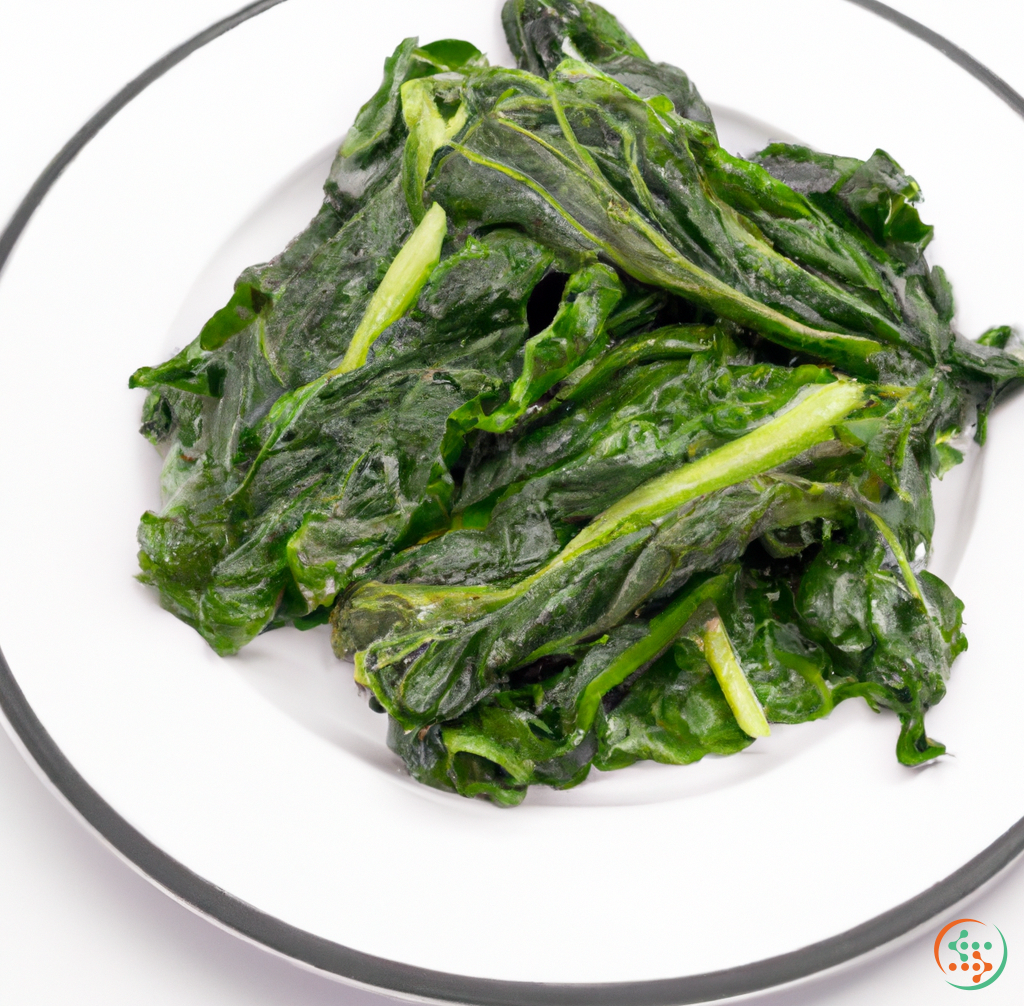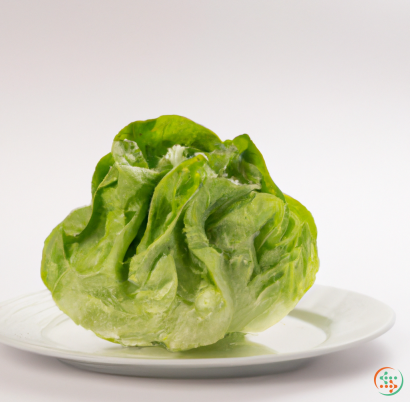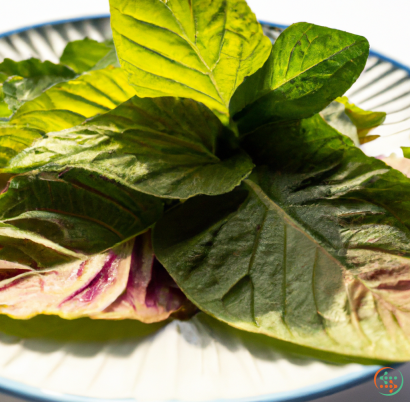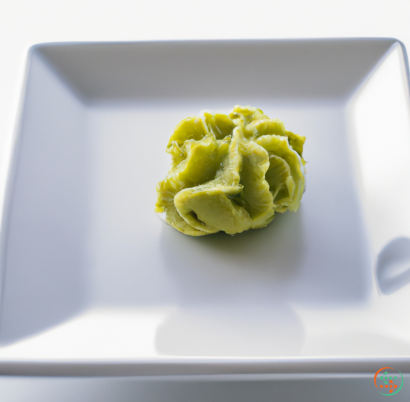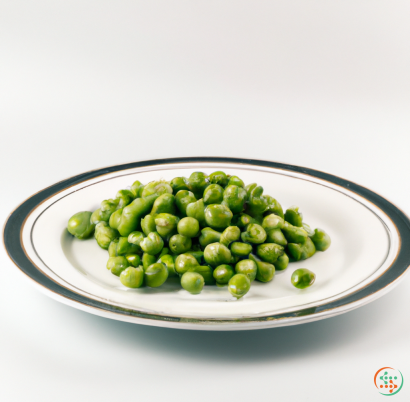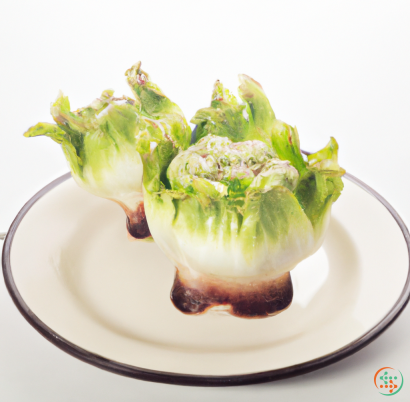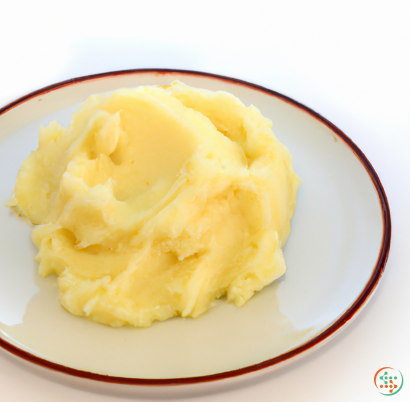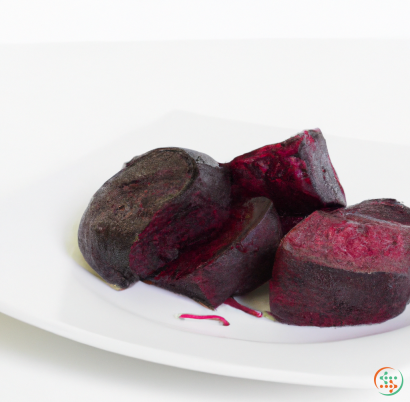Collard Greens
Collard greens are a popular dark green leafy vegetable from the Brassica family that is known for its excellent nutrition, flavor and versatility. Native to the Mediterranean and Asia Minor, this ancient vegetable has been a staple of the southern United States cuisine for centuries. Also known by other colorful common names such as “tree cabbage” and “yellow-flowered collards,” this healthful vegetable is increasingly gaining recognition and popularity in the rest of the country and beyond.
Collard greens are packed full of vitamins, minerals, and antioxidants. Not only are they rich in vitamins A, C and K, calcium, iron, magnesium and potassium, collard greens are brimming with protein and dietary fiber. They are a great source of the phytonutrients lutein and zeaxanthin, which have been linked to an array of health benefits including protecting your eyes from sunlight damage and reducing your risk of cancer, heart disease and age-related diseases. Eating these leafy greens may even help to lower blood cholesterol. While it is important to note that all of the positive health benefits attributed to collard greens are partly due to their low calorie and fat content, these health benefits can still be achieved with other types of vegetables.
When selecting collard greens at the grocery store, look for leaves that are deep green and do not have any yellow or brown spots. If the leaves are tightly rolled up and have a thick texture, then they are probably fresher than those that are limp or have large stems. While many grocery stores sell precut and diced collard greens, it is usually best to purchase the whole leaves, as the precut variety tend to dry out quicker in storage.
When preparing collard greens, it is most common to boil them in water or broth. It is important to keep an eye on the boiling greens, as they can easily overcook and become bitter in taste. To avoid this, it is a good idea to only boil the greens for a maximum of 10 minutes, or until they are tender but still vibrant and bright in color. After boiling, the liquid from the pot can be used to create flavorful sauces and gravies.
Once the collard greens have been cooked and cooled, they can be used in a variety of recipes. Some of the most popular dishes made with collard greens include Southern-style collard greens and ham hocks, creamy collard greens casseroles and tasty collard greens soups and stews. The leaves can also be pickled, sautéed in oil and garlic, or even eaten raw as a salad.
All in all, collard greens provide an array of valuable nutrients, a delicious flavor and an incredibly versatile use. Whether cooked in traditional Southern-style or incorporated into a main course, these nutritious leaves are sure to add a healthful and satisfying addition to any dish. So grab your next bunch of collards, get cooking and enjoy a delectable meal that is good for your health and the planet.
Collard greens is a nutritious and savory leafy green vegetable that has been enjoyed in many parts of the world for centuries. It is an important part of many traditional dishes, yet remains underappreciated. In this blog post, we’ll explore how collard greens are created, farmed, and prepared until it reaches our dinner plate.
What are collard greens?
Collard greens, also known as coleworts, are members of the Brassicaceae family, and closely related to cabbage, Brussels sprouts, and kale. They are are a delicate, mild-flavored cruciferous vegetable, and are available fresh, frozen and canned. The leaves are glossy and deep green in color and consist of two large, fan-shaped leaves rolled together. The flavor is slightly bitter and earthy and much milder than kale and turnip greens.
Where do collard greens come from?
Collard greens were first cultivated thousands of years ago in the Mediterranean region and Asia. They are now found throughout the world, but are especially popular in the southern United States. In the south, collards are frequently boiled with seasonings like salt pork and served before dinner.
How is collard greens grown?
Growing collard greens requires full sun and well-drained, fertile soil. It is often grown as a winter crop since some varieties are more cold hardy than others. The seed beds are usually prepared with organic matter such as well-rotted manure and compost, then the seeds are sown in the beds. It takes about 3-4 weeks for the collards to emerge from the soil.
When the seedlings reach three to four inches tall, they are thinned to give them room to grow. The soil should be moist, but not soggy so as not to encourage diseases. After two or three weeks, collard greens can be harvested. The plants should be cut near the base of the stem, just above ground level, so that the plant can regrow.
When it comes to harvesting, there are two methods used: one involves cutting the leaves off the stem one at a time, while the other involves cutting the stem at the base. The former method results in individual leaves that can be cooked quickly, while the latter preserves the stem in an intact form and can be cooked with more flavor-packed ingredients.
What nutrients does collard greens have?
Collard greens are a powerhouse of nutrition, providing a wide array of essential vitamins and minerals. They are a good source of folate, calcium, iron, dietary fiber, and vitamins A and E. They also provide some protein, making them a great plant-based source of nourishment. In addition to the nutrients, collards are packed with antioxidants, including kaempferol, quercetin and ferulic acid, which help protect against chronic disease.
How do collard greens get to our dinner plate?
The journey of collard greens from seed to plate requires the work of farmers and food processors. Once harvested, the collards are taken to a processing facility, where they are washed, trimmed, and inspected for defects. From there, the collards can be sold fresh, frozen, or canned.
If sold as a fresh product, collards are stored in temperature controlled warehouses, then loaded onto trucks and transported to grocery stores, farmers’ markets and other outlets. The collards may also be canned or frozen for longer-term storage and transportation. When canned, the greens are cooked in a salty brine and sealed in airtight cans. When frozen, the greens are blanched and then frozen in a vacuum-sealed package.
In either form, collards can last up to one year in storage, depending on the conditions they were stored in. Eventually, they make their way to our dinner plates, ready to be cooked.
How to prepare collard greens
Collard greens can be cooked in a variety of ways, including steaming, boiling, simmering, sautéing, and roasting. One of the most popular methods is to cook the greens with smoked ham hocks, bacon, or turkey. This gives the greens a smoky, savory flavor. The traditional cooking method involves simmering the collards in a pot with liquid such as chicken broth, water, vinegar, or even beer. Addition of seasonings, like garlic and onions, will enhance the flavor.
Collards are usually cooked for about an hour until they are tender. Serve with sides such as cornbread and black-eyed peas for an authentic southern feast.
Conclusion
Collard greens are a nutritious, savory vegetable and an integral part of many traditional dishes. Throughout their journey from seed to plate, collards are harvested, processed, stored, and transported before they make their way to our dinner tables. With some creativity, they can offer delicious, flavorful meals to enjoy at home.
| Vitamin A | 0.251 mg | |
| Beta-Carotene | 0.002991 grams | |
| Alpha-Carotene | 0.014 mg | |
| Vitamin E | 0.00226 grams | |
| Vitamin K | 0.4371 mg | |
| Vitamin C | 0.0353 grams | |
| Vitamin B1 | 0.05 mg | |
| Vitamin B2 | 0.13 mg | |
| Vitamin B3 | 0.74 mg | |
| Vitamin B4 | 0.0232 grams | |
| Vitamin B5 | 0.27 mg | |
| Vitamin B6 | 0.17 mg | |
| Vitamin B9 | 0.129 mg |
| Calcium | 0.232 grams |
Daily Value 1.3 g
|
| Iron | 0.47 mg |
Daily Value 0.018 g
|
| Magnesium | 0.027 grams |
Daily Value 0.4 g
|
| Phosphorus | 0.025 grams |
Daily Value 1.25 g
|
| Potassium | 0.213 grams |
Daily Value 4.7 g
|
| Sodium | 0.017 grams |
Daily Value 2.3 g
|
| Zinc | 0.21 mg |
Daily Value 0.011 g
|
| Copper | 0.05 mg |
Daily Value 0.9 mg
|
| Manganese | 0.66 mg |
Daily Value 0.0023 g
|
| Selenium | 0.0013 mg |
Daily Value 0.055 mg
|
| Tryptophan | 0.031 grams | |
| Threonine | 0.086 grams | |
| Isoleucine | 0.1 grams | |
| Leucine | 0.151 grams | |
| Lysine | 0.117 grams | |
| Methionine | 0.033 grams | |
| Cystine | 0.025 grams | |
| Phenylalanine | 0.087 grams | |
| Tyrosine | 0.066 grams | |
| Valine | 0.12 grams | |
| Arginine | 0.125 grams | |
| Histidine | 0.047 grams | |
| Alanine | 0.105 grams | |
| Aspartic Acid | 0.187 grams | |
| Glutamic Acid | 0.204 grams | |
| Glycine | 0.094 grams | |
| Proline | 0.105 grams | |
| Serine | 0.078 grams |
| Total Sugars | 0.131141 grams |
per 100g
|
| Palmitic acid (16:0) | 0.05 grams |
|
| Total Saturated fatty acids: | 0.05 g | |
| Oleic acid (18:1) | 0.03 grams |
|
| Total Monounsaturated fatty acids: | 0.03 g | |
| Linolenic acid (18:3) | 0.11 grams |
|
| Linoleic acid (18:2) | 0.08 grams |
|
| Total Polyunsaturated fatty acids: | 0.19 g | |
